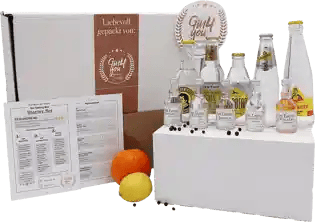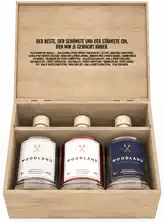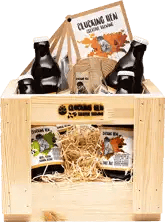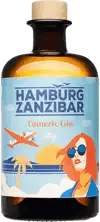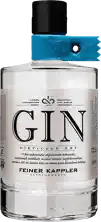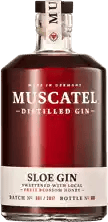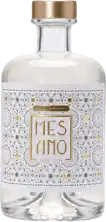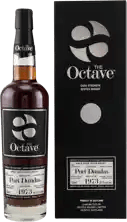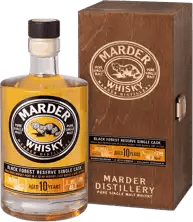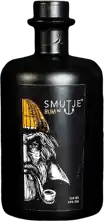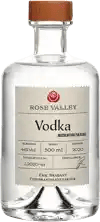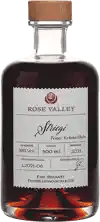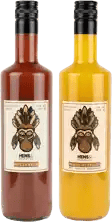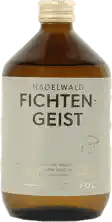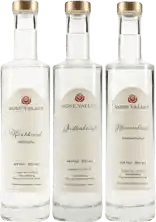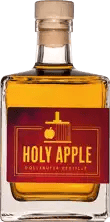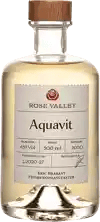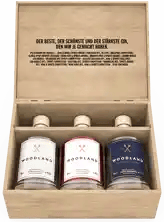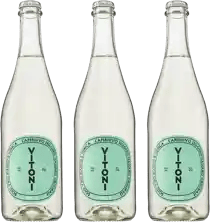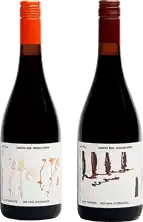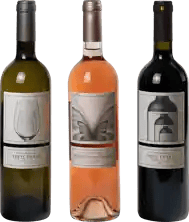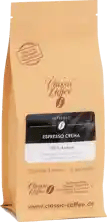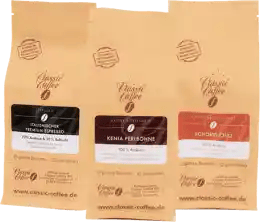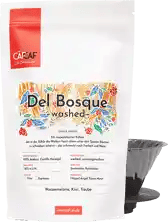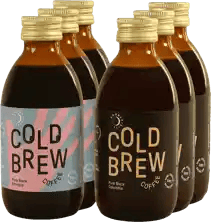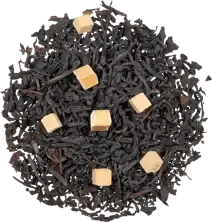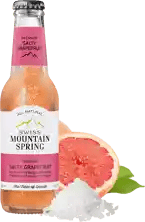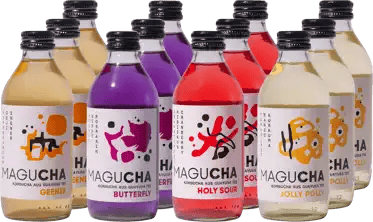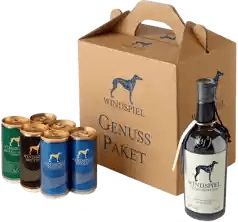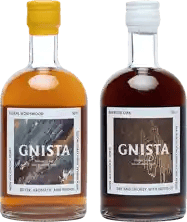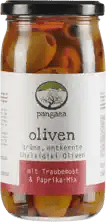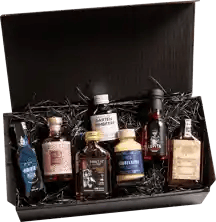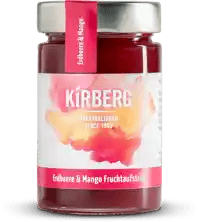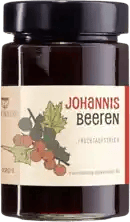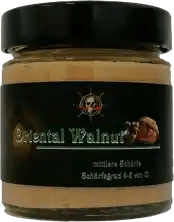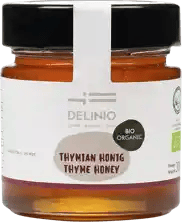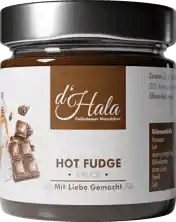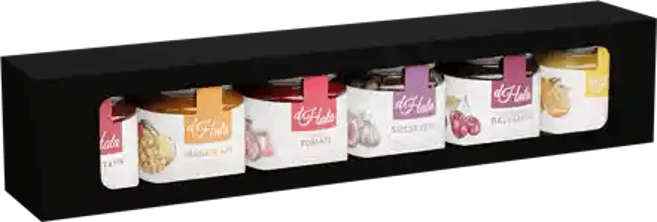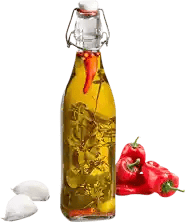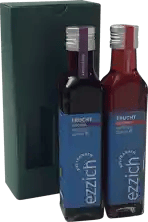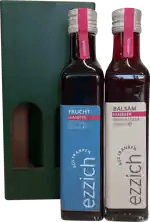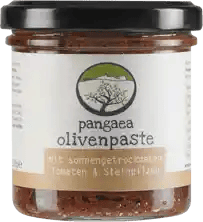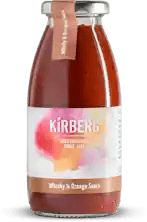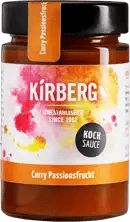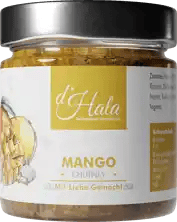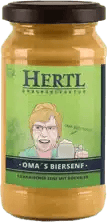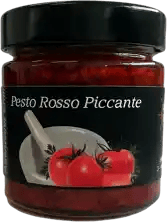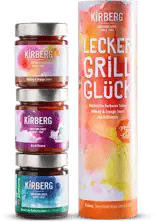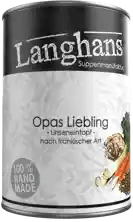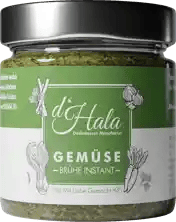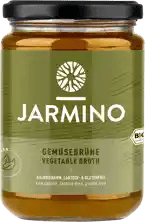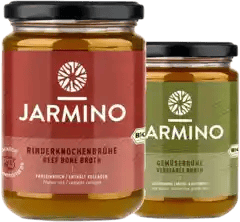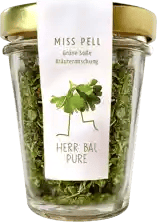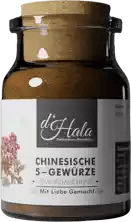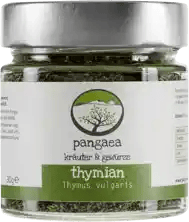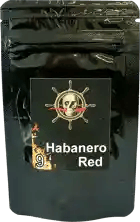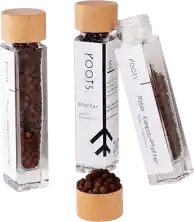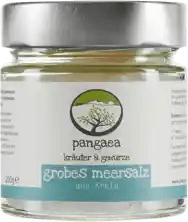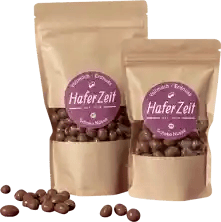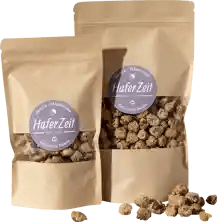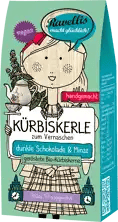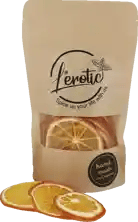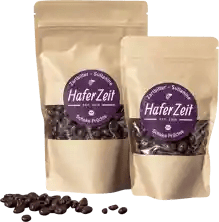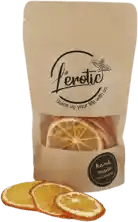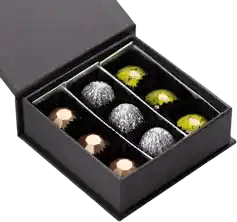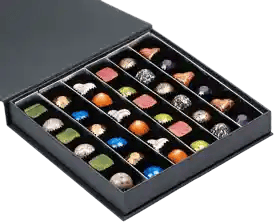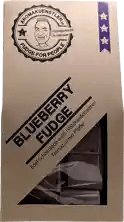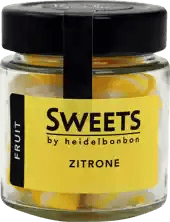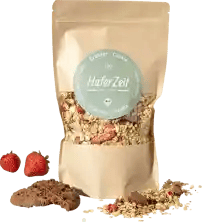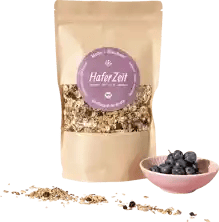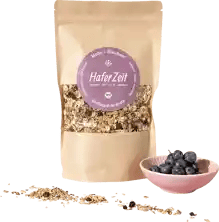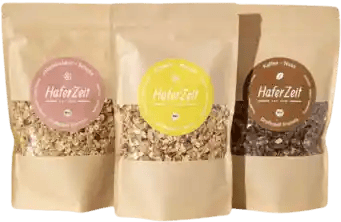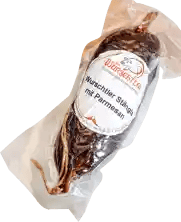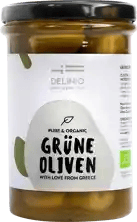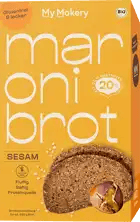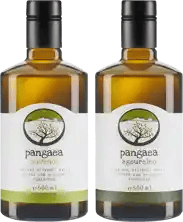Quality instead of quantity!
6,000 independent products
No mainstream
6.000 independent products
Buy white wine
Here you will find an exclusive selection of white wines that are outside the mainstream. We focus on small winegrowers, biodynamic cultivation methods and special grape varieties that are produced with passion and dedication. Discover wines with us that tell stories and take your palate on a journey off the beaten track.
What is the difference between white wine and red wine?
The main difference between white and red wine lies in the processing of the grapes and the grape varieties themselves. White wine is usually made from green or yellow grapes, and the skins are removed before fermentation, resulting in a lighter-colored wine. Red wine, on the other hand, is made from blue or black grapes, and the skins remain during fermentation, giving the wine color, flavor and tannins.
White wine as a food companion
White wine is popular not only for its variety and freshness, but also for its ability to complement a wide range of dishes. The right pairing of white wine and a delicious meal can significantly enrich the experience by enhancing the flavors of both the wine and the food.
What food does white wine go with?
Here is a selection of delicious dishes that white wine goes particularly well with:
- Seafood: Whether it's fried prawns, mussels in a white wine sauce or a fresh seafood salad, a light and citrusy white wine can perfectly enhance the delicate flavors of the sea.
- Poultry: A medium-bodied Chardonnay pairs perfectly with dishes such as roast chicken or turkey, especially when served with creamy sauces.
- Fresh salads: Crisp, green salads with a vinaigrette dressing harmonize wonderfully with a dry Sauvignon Blanc, which reflects the freshness of the salad.
- Light pasta and risotto: Dishes based on vegetables or with a light, creamy sauce can be ideally combined with white wines such as Pinot Grigio, which complement the taste without overpowering it.
- Goat's cheese: The natural acidity and freshness of a white wine such as Chenin Blanc goes perfectly with the creamy texture and slightly spicy flavor of goat's cheese.
- Sushi and sashimi: The subtle flavors of raw fish require a wine that complements rather than dominates. A light Riesling can bring out the subtle flavors of sushi and sashimi.
Popular grape varieties for white wine
Wine is rich in diversity, with an impressive number of grape varieties grown in different climates and terroirs. In Germany and around the world, there are several grape varieties that stand out for their popularity and characteristic wines. Here is an overview of some of the most popular grape varieties that play an important role both in Germany and on the global stage:
Popular grape varieties in Germany:
- Riesling: known for its aromatic diversity and its ability to reflect the minerality of its terroir. Riesling from Germany is world famous and varies from bone dry to sweet, always with a lively acidity.
- Pinot Noir (Spätburgunder): Germany is the third largest producer of Pinot Noir in the world, producing wines prized for their elegance and fine fruit character.
- Müller-Thurgau: A cross between Riesling and Madeleine Royale, which produces easily accessible and fruity wines, often with a hint of Muscat.
- Silvaner: Some of the best Silvaners come from Franconia, where they produce complex, full-bodied wines that go well with food.
Popular grape varieties worldwide:
- Cabernet Sauvignon: One of the best-known red wine varieties in the world, famous for its role in Bordeaux wines as well as many other wine regions. It produces tannin-rich, long-lasting wines with aromas of blackcurrants and plums.
- Chardonnay: The most widely planted white grape variety in the world, it can produce a wide range of wine styles, from fresh and fruity to rich and buttery, depending on the growing region and vinification method.
- Sauvignon Blanc: Popular for its crisp acidity and lively aromas of gooseberry, grass and tropical fruit. Sauvignon Blancs from the Loire Valley in France and from New Zealand are particularly well-known.
- Syrah/Shiraz: This grape variety is at home in the Rhône region of France, but is also very popular in Australia (where it is known as Shiraz). It produces powerful, spicy red wines with aromas of dark fruit and pepper.
This is just a small selection of the many varieties. Each variety brings its own unique flavors and characteristics to the wine, influenced by the climate, the soil and the winemaker's hand. Other well-known grape varieties include
- Tempranillo
- Grenache (Garnacha)
- Merlot
- Sangiovese
- Zinfandel (Primitivo)
- Malbec
- Viognier
- Gewürztraminer
- Chenin Blanc
- Nebbiolo
- Carmenère
- Pinot Gris (Pinot Grigio)
- Semillon
- Barbera
- Marsanne
- Rousanne
Storage & drinking temperature of white wine
The correct storage and drinking temperature are decisive factors that contribute significantly to the quality and enjoyment of a wine. They not only influence the shelf life and development of the wine over time, but also the development of its aromas and flavors when tasting. Careful attention to these aspects can make the difference between a good and an exceptional wine experience.
The ideal drinking temperature for white wine
The ideal drinking temperature for white wine varies depending on the style and body of the wine. The right temperature can bring out the wine's aromas and structure, while a less than optimal temperature can affect its flavor profile. In general:
- Light and fresh white wines: Wines such as Pinot Grigio, Sauvignon Blanc or young, uncomplicated Rieslings develop their best flavors when served cool, typically between 6°C and 8°C. This temperature emphasizes the freshness, acidity and fruitiness of the wine.
- Medium-bodied white wines: Wines with a little more body or those that have been in contact with oak, such as certain Chardonnays or Viogniers, are best enjoyed at a slightly warmer temperature of around 9°C to 12°C. These temperature ranges help to reveal the more complex aromas and textures of these wines.
- Rich and full-bodied white wines: Full-bodied white wines that are often aged in oak barrels and have a more pronounced texture, such as some Chardonnays or older Rieslings, are best served at temperatures of 10°C to 13°C. A slightly warmer serving temperature allows the depth and complexity of these wines to develop without the alcohol becoming too dominant.
Storing white wine correctly
Storing white wine correctly is crucial to maintaining and even improving its quality over time. Improper storage can lead to loss or alteration of flavor, which can affect the drinking experience. Here are some basic guidelines for the proper storage of white wine:
- Maintain a constant temperature: The ideal storage temperature for white wine is between 10°C and 13°C. More important than the exact temperature, however, is its consistency. Fluctuations can damage the wine and have a negative effect on its ageing process.
- Protect from light: UV rays can trigger chemical reactions in the wine that alter its aromas. Dark places are best suited for storing white wine. When storing in light-flooded rooms, use UV-protective storage facilities or keep the bottles in boxes.
- Correct storage position: White wine bottles with corks should be stored horizontally. This keeps the cork moist and supple, which in turn ensures a good seal and prevents the ingress of oxygen. Screw caps are less sensitive, but here too, horizontal storage is often more space-saving.
- Vibration-free storage: Constant movement or shaking can disrupt the maturing process of the wine. Try to choose a quiet, low-vibration storage location.
- Control humidity: A humidity level of around 60-70% is ideal. Air that is too dry can cause corks to dry out and shrink, making the bottle permeable to air. Excessive humidity in turn carries the risk of mold growth.
- Short-term vs. long-term storage: Not all white wines are suitable for long-term storage. Light and fresh white wines should generally be enjoyed within one to three years of production, while fuller-bodied wines with oak contact or higher acidity can be stored for longer.
Questions and answers about white wine
What is white wine?
White wine is an alcoholic beverage made mainly from white grapes, with the grape skins removed before fermentation.
What does white wine taste like?
White wine varies in taste from dry to sweet and can have aromas of citrus fruits, stone fruits, flowers and herbs, depending on the grape variety and production process.
How is white wine matured?
White wine can be aged in stainless steel tanks, glass containers or wooden barrels to achieve different flavor profiles. The ageing process influences the aromas, texture and complexity of the wine.
What is dry white wine?
A dry white wine is a wine in which almost all the sugar has been converted into alcohol during fermentation, giving it a non-sweet taste.
How long can white wine be stored?
The shelf life of white wine varies depending on the type and quality. Some light white wines are best drunk within 1-3 years, while high-quality, storable wines can last for a decade or more.
Why is white wine served chilled?
White wine is served chilled to emphasize its freshness, aromas and acidity. The ideal serving temperature varies depending on the type of wine.
Brilliant!

Bitte bestätige deine Anmeldung noch eben - du hast eine Bestätigungsmail von uns. Klicke darin auf den Link. Danach bekommst du deinen Rabattgutschein.

